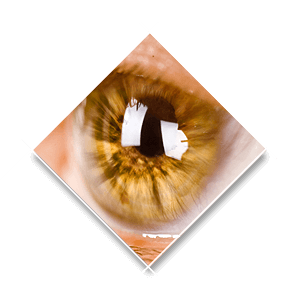 If the lens inside your eye has become cloudy, you may want to consider cataract surgery. During cataract surgery in Dallas, your doctor removes the cloudy lens and replaces it with an artificial lens (called an intraocular lens: IOL) to restore clear vision. The procedure is typically performed on an outpatient basis and does not require an overnight stay in a hospital or other care facility. There are three types of cataract surgery, the most common form today is a process called phacoemulsification.
If the lens inside your eye has become cloudy, you may want to consider cataract surgery. During cataract surgery in Dallas, your doctor removes the cloudy lens and replaces it with an artificial lens (called an intraocular lens: IOL) to restore clear vision. The procedure is typically performed on an outpatient basis and does not require an overnight stay in a hospital or other care facility. There are three types of cataract surgery, the most common form today is a process called phacoemulsification.
- Phacoemulsification: With the use of an operating microscope, your surgeon will make a very small incision in the surface of the eye in or near the cornea. A thin ultrasound probe, which is often confused for a laser, is inserted into the eye and uses ultrasonic vibrations to dissolve (phacoemulsify) the clouded lens. These tiny fragmented pieces are then suctioned out through the same ultrasound probe. Once the cataract is removed, an artificial lens is placed into the thin capsular bag that the cataract occupied. This lens is essential to help your eye focus after surgery. In this most modern method, cataract surgery can usually be performed in less than 30 minutes and usually requires only minimal sedation and numbing eye drops, no stitches to close the wound and no eye patch after surgery.
- Extracapsular Cataract Surgery: This procedure is used mainly for very advanced cataracts where the lens is too dense to dissolve into fragments (phacoemulsify). This technique requires a larger incision so that the cataract can be removed in one piece without being fragmented inside the eye. An artificial lens is placed in the same capsular bag as with the phacoemulsification technique. This surgical technique requires a various number of sutures to close the larger wound, and visual recovery is often slower. Extracapsular cataract extraction usually requires an injection of numbing medication around the eye and an eye patch after surgery.
- Intracapsular Cataract Surgery: This surgical technique requires an even larger wound than extracapsular surgery and the surgeon removes the entire lens and the surrounding capsule together. This technique requires the intraocular lens to be placed in a different location – in front of the iris. This method is rarely used today but can still be useful in cases of significant trauma.
For more information about cataract treatments including these cataract surgery procedures, contact Vision Quest at 214-361-1443 or visionquestdallas.com.












